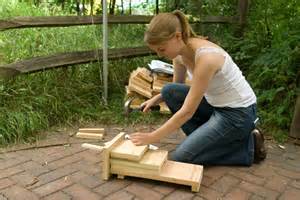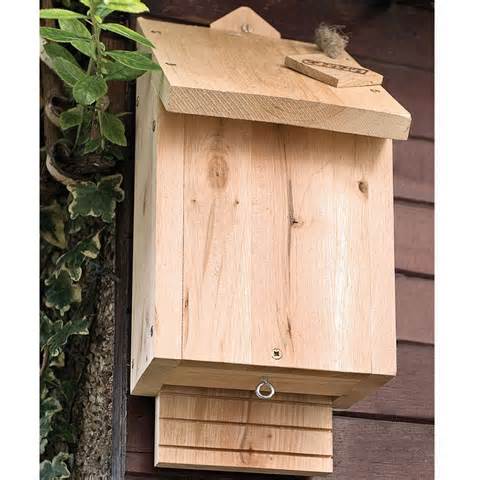2015 Saskatoon, Saskatchewan, Canada
Erin and Hannah from St. Edward School came up with the idea of installing bat boxes at their school and along the Meewasin Trail to encourage the little brown bat population in the City of Saskatoon. The students felt that bats would prey upon insects, especially mosquitoes, and reduce the need for the city to spray insecticides and therefore reduce chemicals from entering our watershed.
Pesticides enter our watershed each summer. Homeowners use pesticides to kill mosquitos, ants, aphids and many other insects on their lawn and gardens. When it rains, these pesticides can be washed from lawns and gardens into storm drains and into our local river. Once pesticides get into our water it can affect the aquatic life and the  quality of our drinking water in the South Saskatchewan River Watershed.
quality of our drinking water in the South Saskatchewan River Watershed.
Bats are an important part of our watershed. They prey upon the insects that we use pesticides to control. Bats provide a natural way of controlling insect populations. Many North American bats can eat between 6000-8000 mosquito sized insects in one night!
Erin and Hannah came up with the idea of installing bat boxes at their school and donating bat boxes to Beaver Creek Conservation Area, which has many documented bat sightings. By increasing habitat for the little brown bat, a local species of bat in the Saskatoon area, it meant there would be a reduction in the insect populations in and around Saskatoon. Less insects mean less pesticides being used and a safer and healthier watershed.
The group built bat boxes with their class and developed a curriculum outcome package for teachers to do this activity with younger grades. The curriculum package was circulated around the school so more people can learn about the importance of these intrepid insect eating creatures!